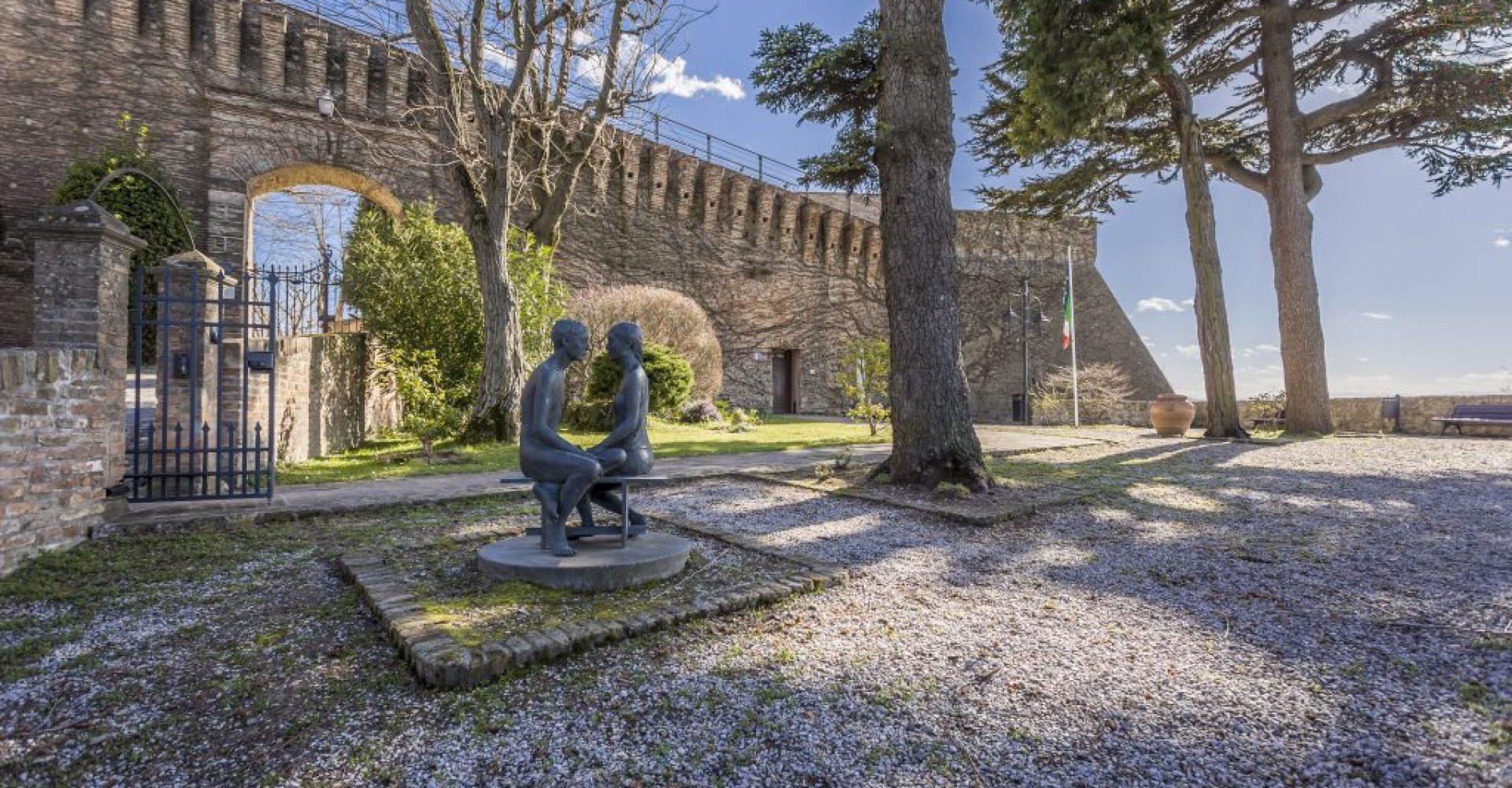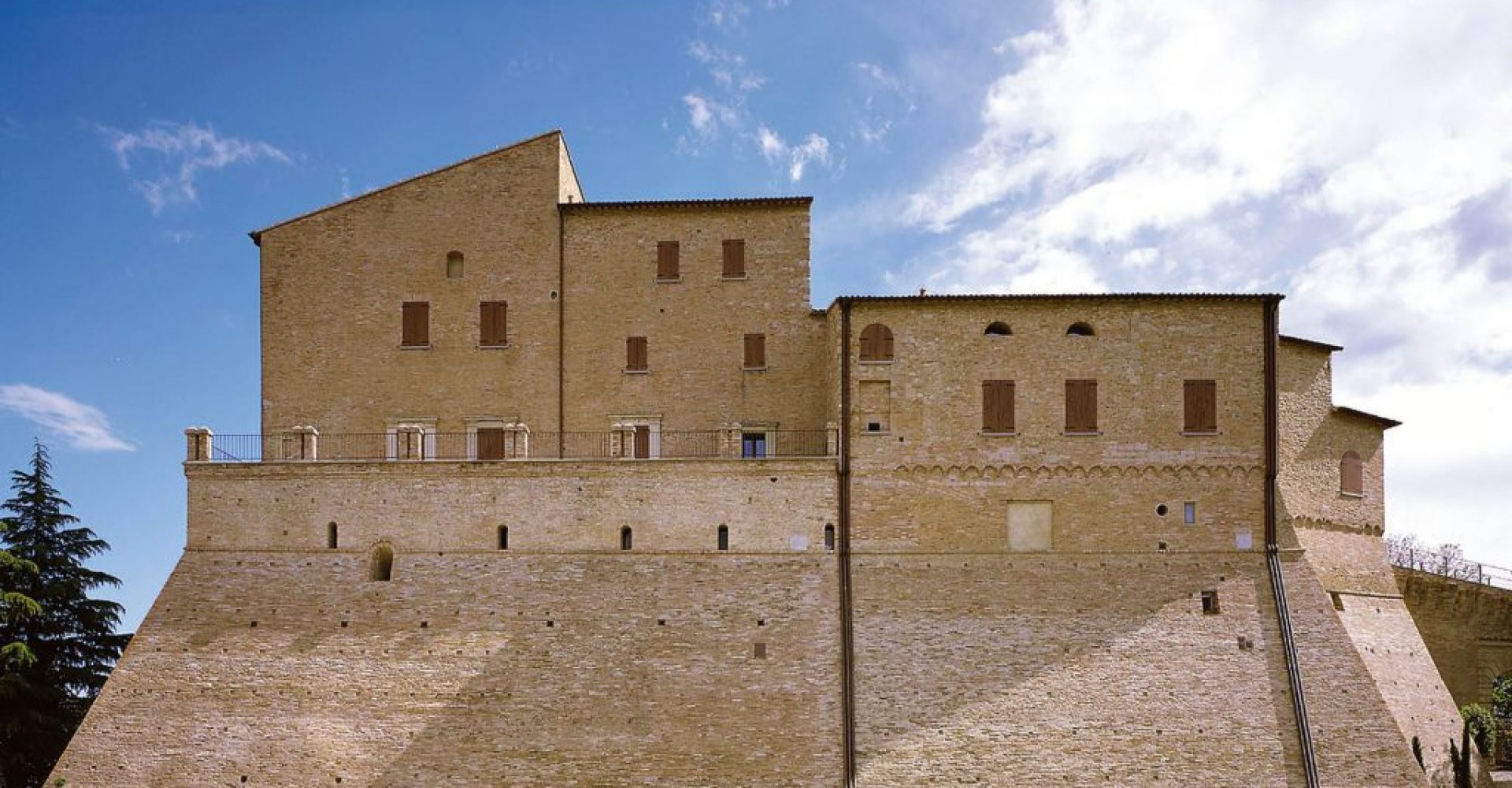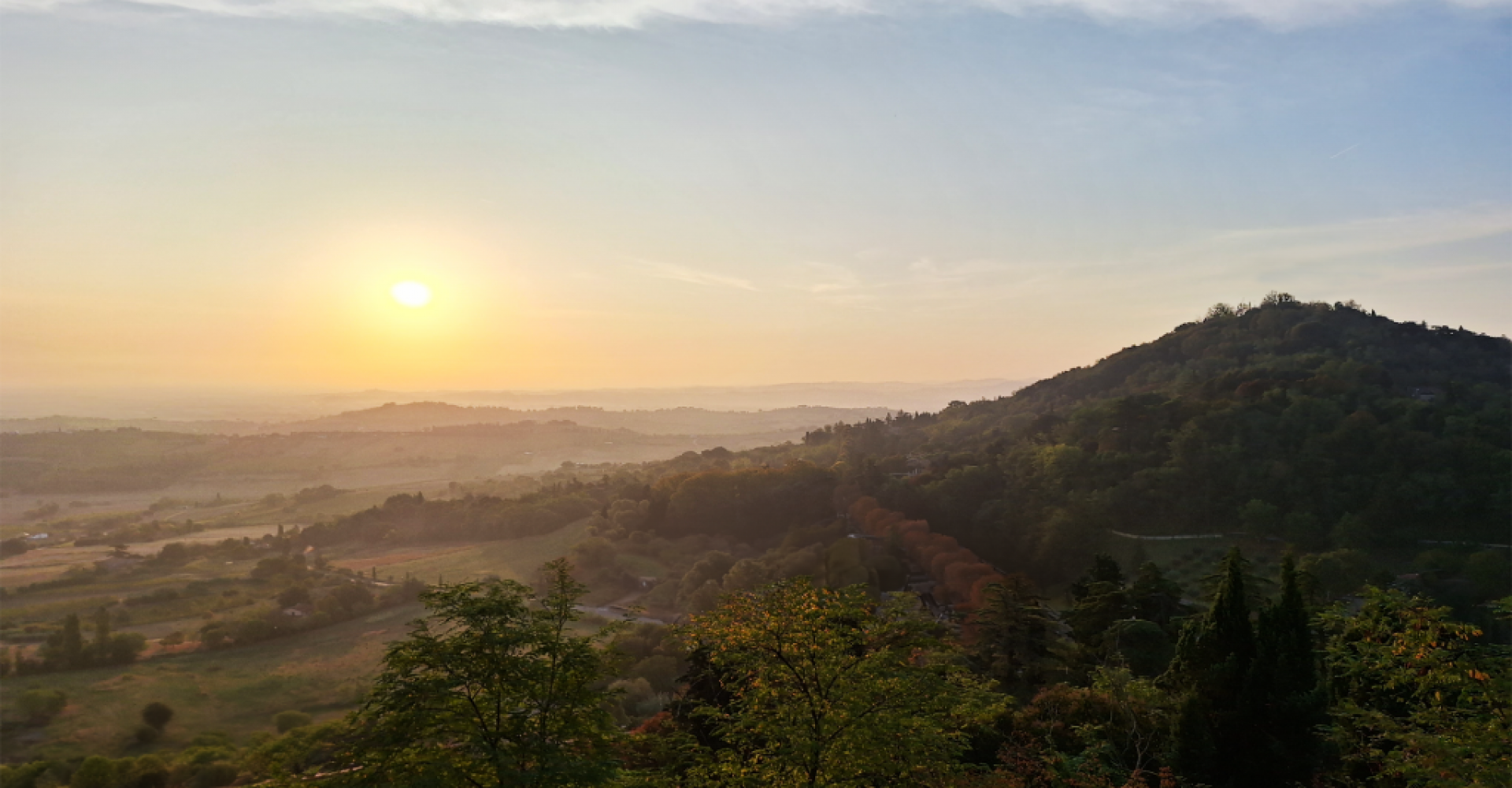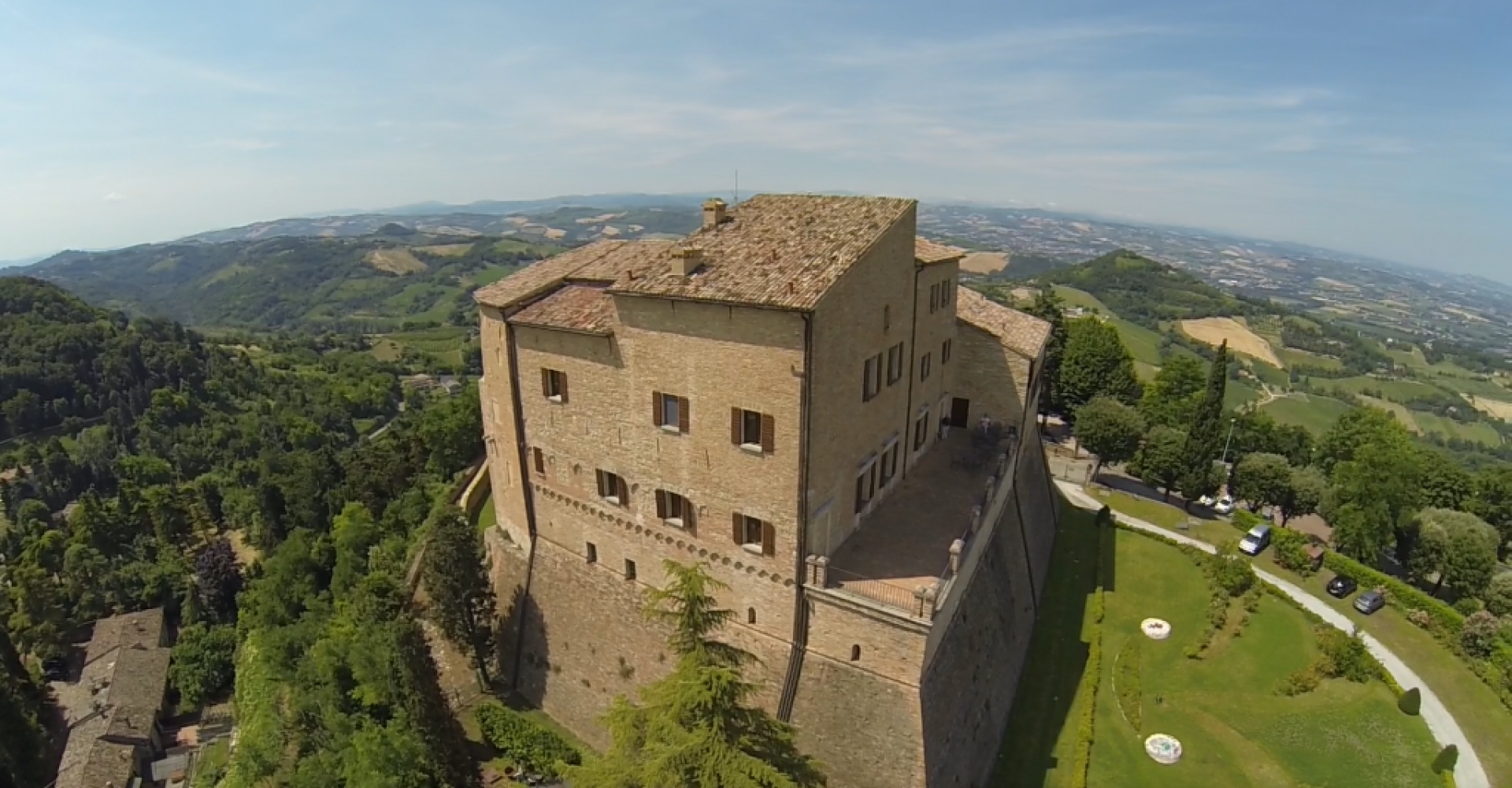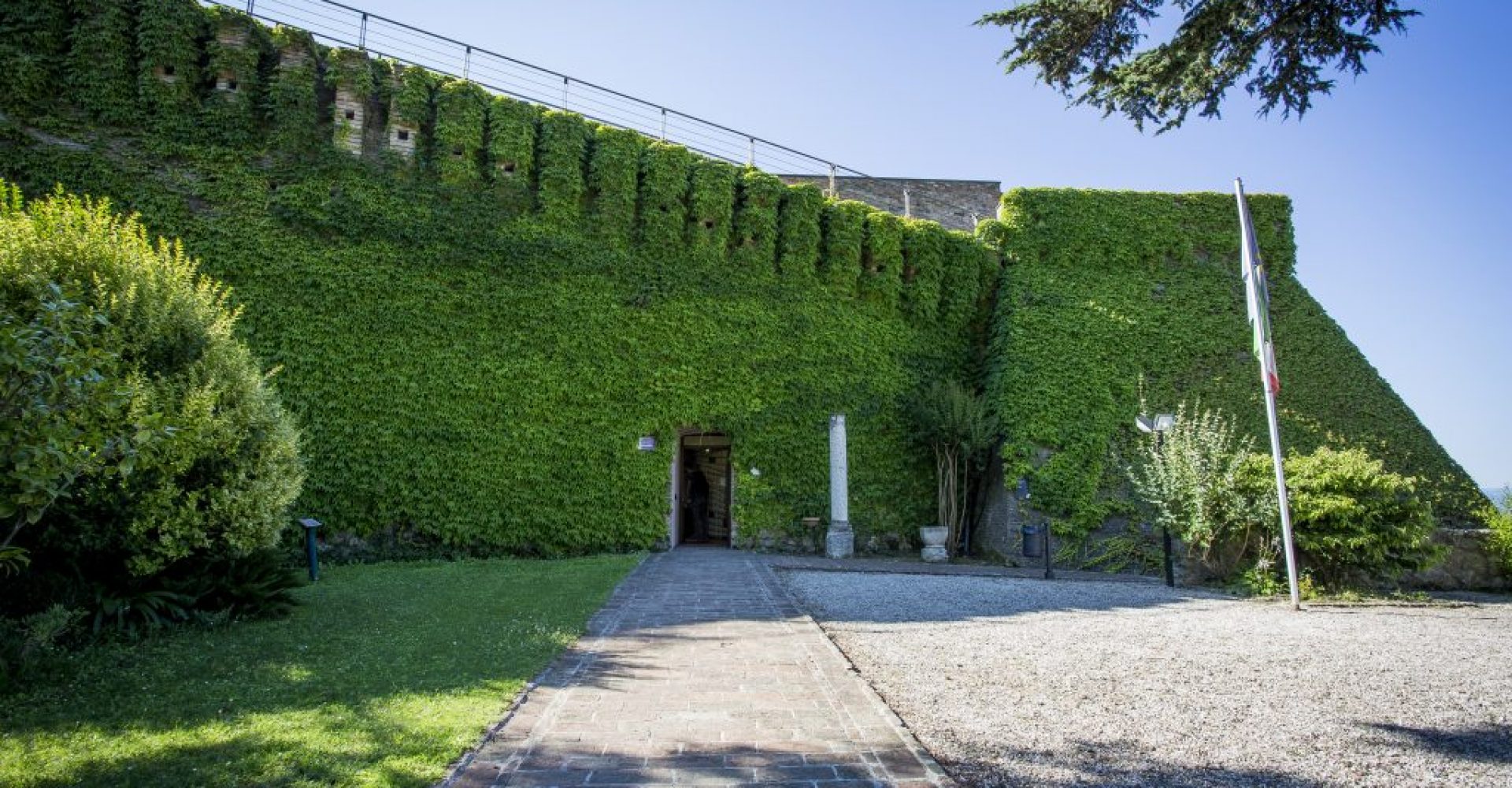The ESC school is held at CEUB, the Bertinoro University Residential Center, which since 1994 has been housed in the prestigious historic site of the Bertinoro Fortress.
The history of the Bertinoro Fortress is a tapestry woven with threads of medieval intrigue, cultural exchange, and military conquest. Nestled atop a picturesque hill in the Emilia-Romagna region of Italy, its origins trace back to the 6th century when it was built as a defensive stronghold by the Byzantine Empire. Originally named “Castrum Brittinori,” it stood as a sentinel against barbarian invasions.
In the 10th century, Bertinoro gained prominence under the rule of the powerful Guidi family, who expanded and fortified the fortress, transforming it into a formidable stronghold. Its strategic location overlooking the fertile plains of Romagna made it a coveted prize for rival noble families and warring factions.
Throughout the Middle Ages, Bertinoro witnessed a tumultuous series of sieges and battles as control shifted between various feudal lords and city-states vying for dominance in the region. It became a symbol of resistance and resilience against external threats.
From the mid-15th century, under first the Malatestas and then the bishops of Bertinoro, the fortress lost its military function: in 1450 Domenico Novello Malatesta moved part of the archives of the convent of San Francesco there, forming what was the original nucleus of the future Malatestian Library while the bishops made it a place of education and training. Giovanni Andrea Caligari, bishop of Bertinoro, placed his residence there in 1584, and, in 1598, Pope Clement VIII made it the episcopal palace of the Diocese of Bertinoro.
In 1613 the cycle of frescoes for the bishop’s dining room was completed by the painter Corradino Romano.
In 1969, after the death of the last bishop, the diocese was merged with that of Forli, and since 1986 it has not been an episcopal palace any more.
Today, the Bertinoro Fortress stands as a testament to the enduring spirit of the Italian people and the rich tapestry of their heritage. Restored to its former glory, it serves as a cultural center and museum, preserving the legacy of generations past for future generations to cherish and explore. Its commanding views of the surrounding countryside continue to inspire awe and wonder, inviting visitors to step back in time and immerse themselves in the history of this remarkable landmark.
How to reach ESC school – CEUB University Center: click here
More info about CEUB University Center: click here

